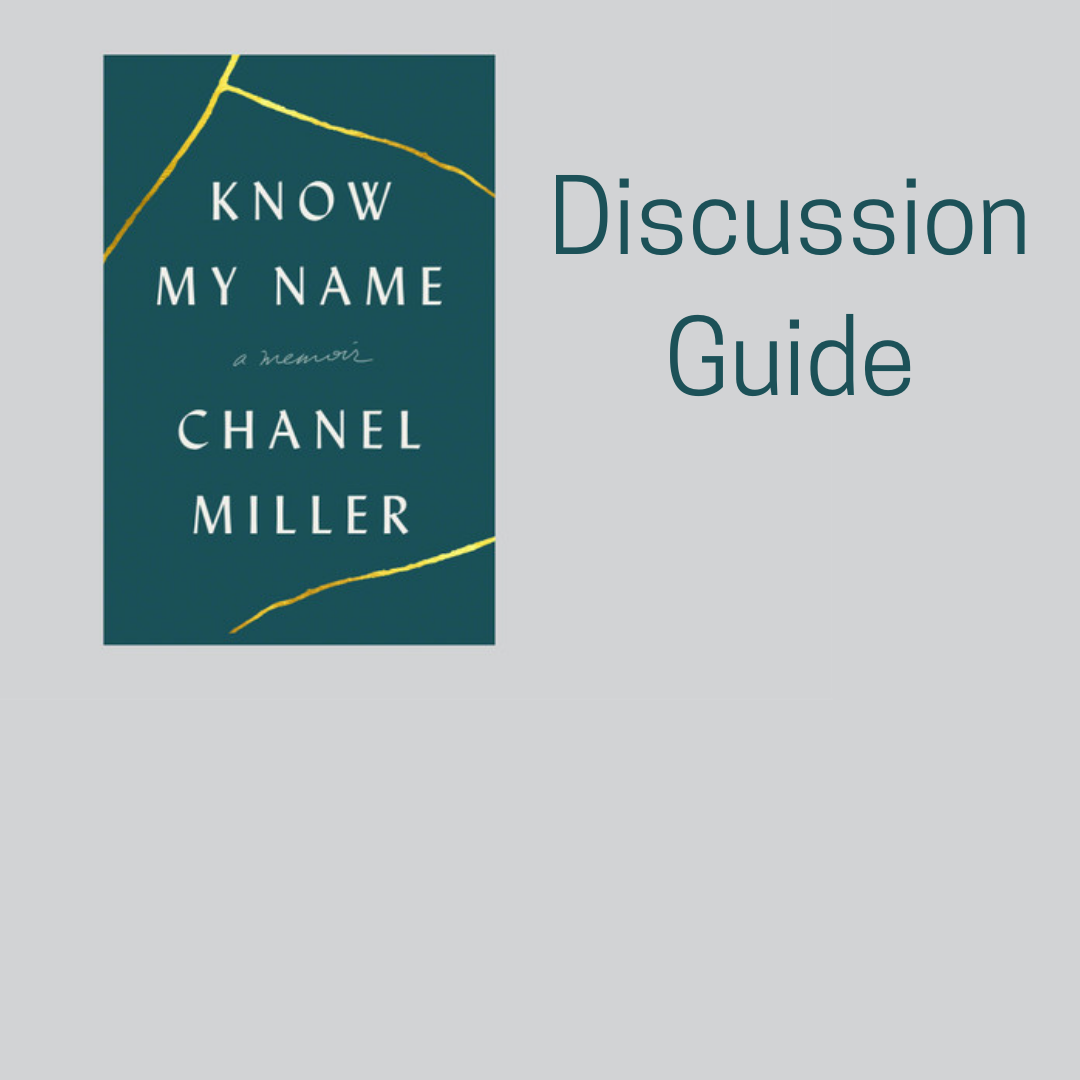Written by Leah Wardlaw, Advocacy Center TC United Way Summer of Service Intern
I first read Know My Name last year for “pleasure reading,” meaning that I wasn’t asked to read it for a class. I was struck by the rawness of Chanel Miller’s writing, how elegantly she wove together strings of emotions, from thick black threads of absolute misery to little threads of glittering joy, stitching together a story that people so badly needed to hear. The English-class lover in me wanted to go through slowly and read each page like a poem and the activist in me wanted to make list after list of all of the different intersections of social issues that popped up throughout the book: from street harassment to racialized police violence, something that is at the forefront of the US currently. But I had books for class to read, college applications to fill out, and events to plan, and so my plans to reread and create lists and have conversations about this incredible book eventually fizzled out.
When Lyn, my advisor and mentor at the Advocacy Center, brought up the idea of creating a tool-kit of sorts for high school students based on a book, I was thrilled. I thought it was a fantastic idea, and we spent quite a while naming so many beautiful and important books that I could choose to create a tool-kit around. We threw out titles like Their Eyes Were Watching God, The Color Purple, and Not That Bad: Dispatches from Rape Culture. As my eyes drifted across my many bookshelves searching for even more options, they landed on Know My Name, a book that I already loved but wanted so badly to delve deeper into — here was exactly the opportunity.
I immediately started rereading Know My Name, and the second reading was even more heart-breaking and beautifully moving than the first. I went through and stuck my lavender sticky notes with notes about different social issues and movements all throughout, and used little tiny magenta sticky notes to mark some of my favorite sections. Three days later, after shedding many tears and using up almost all of my sticky notes, I finished my second reading of Know My Name. I had a list of probably 30 different themes that I could use to structure discussion questions around, including things such as “the legal system” and “men’s entitlement to women’s bodies,” as well as much broader terms like “trauma.”
My general plan was to choose just a few overarching themes and then create discussion questions to guide a conversation or personal reflection about the book, and to find and share complementary video resources, such as Ted Talks, for each theme. I ended up focusing on four categories: the legal system, rape culture, healing, and “other” (for any questions that I didn’t feel fit into the other three which I wanted to include).
This discussion and resource guide is going to be (hopefully) sent to English teachers at high schools throughout Tompkins County, as well as to youth librarians like those at Tompkins County Public Library. I hope that people are encouraged to read Know My Name and use the guide to help themselves think about the memoir and all the many important topics it covers more deeply.
The discussion and resource guide Leah created is available for use!
Note: This post was originally published as part of #WeeklyWisdom, a collaboration with the Community Coalition for Healthy Youth in Tompkins County in August of 2020.
